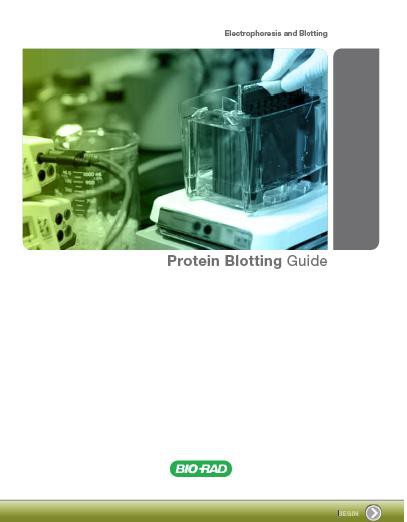A team of researchers at the Wyss Institute for Biologically Inspired Engineering at Harvard University has found a way to self-assemble complex structures out of bricks smaller than a grain of salt. The self-assembly method could help solve one of the major challenges in tissue engineering: regrowing human tissue by injecting tiny components into the body that then self-assemble into larger, intricately structured, biocompatible scaffolds at an injury site.
The key to self-assembly was developing the world’s first programmable glue. The glue is made of DNA, and it directs specific bricks of a water-filled gel to stick only to each other, the scientists report in the September 9th online issue of Nature Communications.
“By using DNA glue to guide gel bricks to self-assemble, we’re creating sophisticated programmable architecture,” says Peng Yin, Ph.D., a Core Faculty member at the Wyss Institute and senior coauthor of the study, who is also an Assistant Professor of Systems Biology at Harvard Medical School. This novel self-assembly method worked for gel bricks from as small as a speck of silt (30 microns diameter) to as large as a grain of sand (1 millimeter diameter), underscoring the method’s versatility.
Tags: biotechnology















